In many ways, architecture is an art form. It evolves over time and continuously challenges the status quo. Unlike other art mediums, though, architecture requires mathematical precision and relies heavily on function.
When designing commercial buildings, you’re often limited by budgetary, time, or material constraints. However, despite the challenges, architects today have managed to marry imagination and innovation to create awe-inspiring and modern designs.
Let’s look at some trends and elements of modern architectural designs for commercial buildings today.
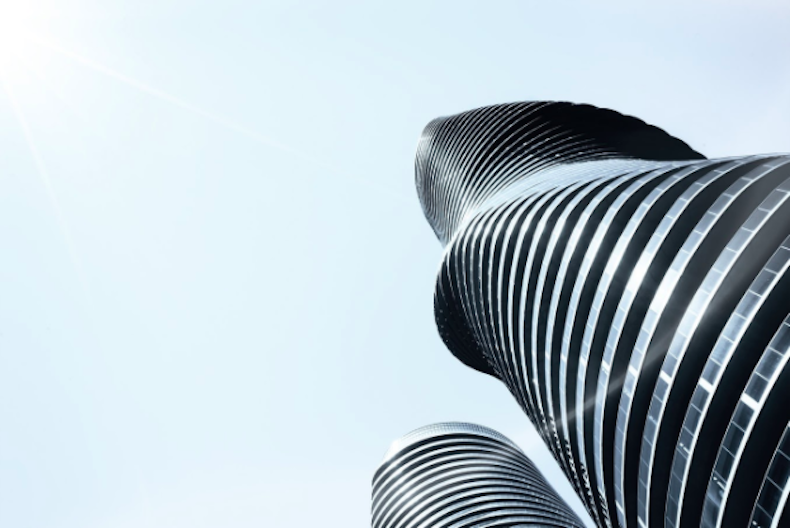
Inclusion of Shapes
Modern architecture has begun to lean on shapes that evoke the natural world. Commercial buildings used to be all about function. Now, through the infusion of straight and clean lines, open spaces, and perspective-bending shapes, commercial architecture has begun to transform.
It’s a lot of mixing traditional elements like architectural metal grilles with circular windows. It’s all about playing with expectations to cause a second look with unexpected shapes that complement each other.
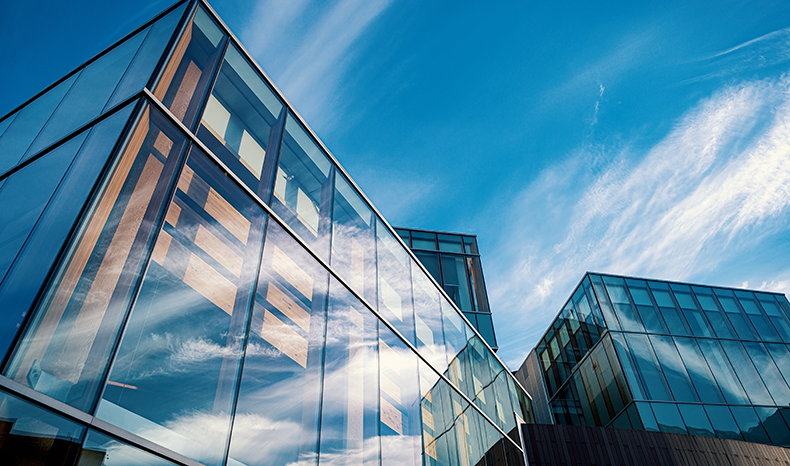
The Juxtaposition of Natural Light and Glass
Natural light has become a staple for modern office buildings, so architects have begun to design with this in mind. However, it’s not as straightforward as just adding large windows to a traditional building. It’s about infusing open concept walls and thinking thoughtfully about how the natural light will hit the commercial building.
It’s about engineering to make the window part of the building rather than separate from it. Glass wall buildings seem simple in their conception. Still, as any architect will tell you, it takes a gifted mind to understand the function behind the result.
Unconventional Materials
Modern architecture is also laden with unconventional materials. As more of the world moves towards sustainability, these materials tend to be eco-friendly alternatives to traditional materials. However, it’s not always about sustainable design.
Some architects are turning to 3D printing, plastics, and other unconventional materials to create shapes and buildings that were once impossible.
Exterior and Interior Branding Fluidity
In the past, it was not unusual to see a street of commercial buildings where every building looked exactly the same. There was no indication of the business inside or anything differentiating the architecture or design. That’s all changing.
Today, architects are seemingly effortlessly blending the exterior space with the interior. In doing so, they’re highlighting the branding and the business inside. Sometimes it’s using simple elements like outdoor decorative panels to tie everything together. Other times, it’s matching color story, materials, and motif so that the building has a three-hundred-and-sixty-degree level of fluidity in design.
Digital Signage
Technology plays a significant role in architecture today. It’s not just in the CAD software, either. Digital signage has become part of the overall building design. Digital signage allows commercial buildings to update their branding in real-time and provide an unparalleled level of modernity and tech to their exterior design.
Much like glass, it seems like digital signage is a straightforward design element. However, skilled architects are managing to make the digital signage part of the overall design, versus an afterthought, and the results are truly remarkable.
Opening Up the Interior
Wide-open spaces and feng-shui have become increasingly relevant in Western design. More commercial spaces are looking for ways to move away from the cubicle, monochromatic, boxy-feeling buildings of the past. However, CEOs and building owners still need the same functionality that separated spaces provide.
Modern interior architecture is about blending separate spaces and open spaces in a way that seems natural and effortless. This is often accomplished via meticulously placed glass partition walls, and by incorporating a level of adaptability to interior design. Rather than making interior spaces permanently fixed, modern interior architecture focuses on creating interiors that can quickly transform to fit different needs.
Modern Architecture is About Innovation
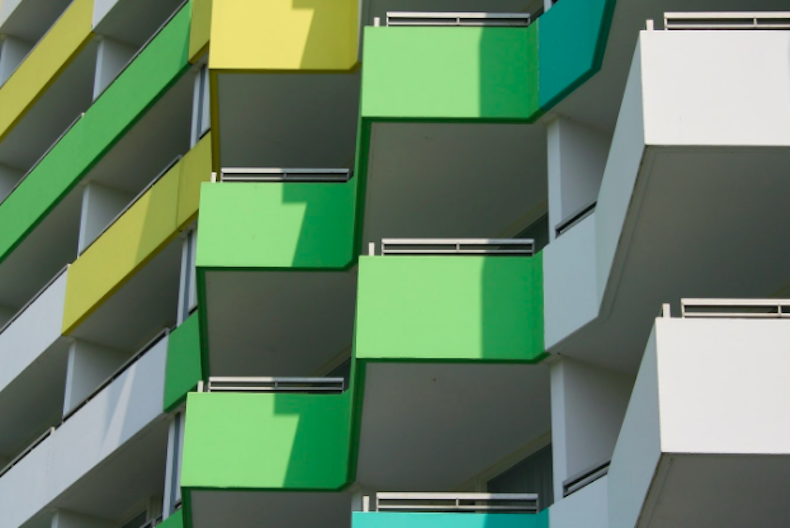
We’re in a period of rapid innovation. From tech to healthcare, the world is moving rapidly. We’re in an unprecedented time in history where commercial architects are being asked to innovate, imagine, and rethink what’s normal.
Adding pops of colors, mixing materials, and creating buildings with abnormal shapes – nothing is off-limits. The most significant hurdle for architects is to capitalize on this momentum while still being tied to the budget, material, and time constraints.
However, many commercial architects are proving that it’s possible to reinvent the wheel and create modern art through commercial buildings.
The future is now, and commercial architecture is proving that.
--
Skylar Ross is a contributor to Innovative Building Materials. He is a blogger and content writer for the architecture industry. Skylar is focused on helping architects and building designers discover new techniques, find ways to save on costs, and discover new modern innovative materials to use in their next project.



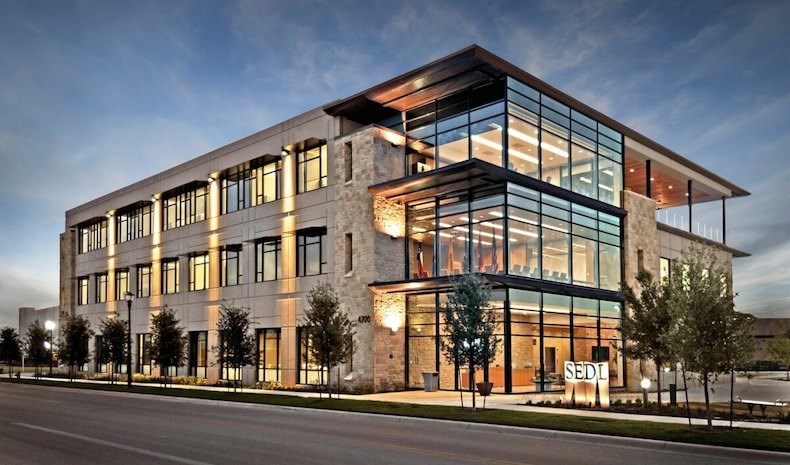

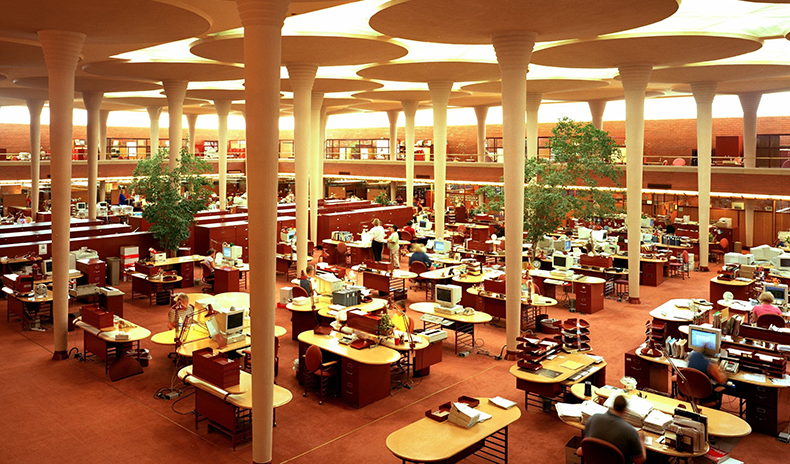
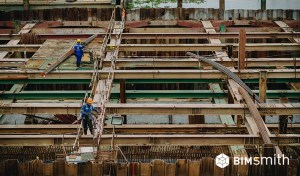
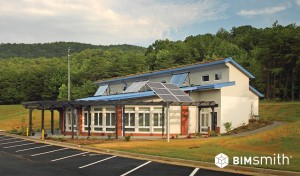
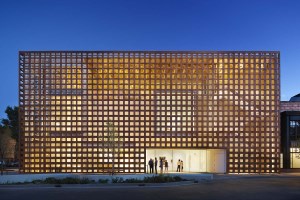








gypsum , 6/10/2021 11:51:29 PM
Amazing article, Surely, you must have done great research for this article. I learned a lot from it. Thanks for sharing this article. by Kanish(https://kanishplasters.com/)
Abdulellahalen , 11/17/2024 5:40:28 PM
Thanks مقاول هدم مبنى في مدينة الرياض وجميع مدن المملكة خبير ومتقن للعمل سريع في التنفيذ https://harajsoom.com/